
Published:
Readtime: 7 min
Every product is carefully selected by our editors and experts. If you buy from a link, we may earn a commission. Learn more. For more information on how we test products, click here.
Like the watch and whisky worlds, there are levels to the audio world. However, I tend to approach things from a consumer, rather than an audiophile perspective.
My favourite pair of headphones are my AirPods Pro because they offer great noise cancellation, good sound quality, and they connect to my phone and computer seamlessly. Sure, there’s a chance that I just offended every audiophile in the room who came here to read about these headphones, but that’s precisely the point. It’s never been easier to access great audio, so people are searching for the next frontier, me included.
The AUD$999 price tag would suggest otherwise, but the Sennheiser HDB 630s sit somewhere between the high-end, reference-class headphones and the consumer-grade noise-cancelling headphones with which most people are familiar. They support music up to 24-bit, 96 kHz resolution, Bluetooth 5.2 with aptX Adaptive codec support, and a battery life of up to 60 hours per charge. On paper, they shape up to be one of the biggest headphone releases of the year, so the big question is, are they worth it, and can an amateur audiophile actually tell the difference between the HDB 630 and the Momentum 4s on which they’re primarily based?
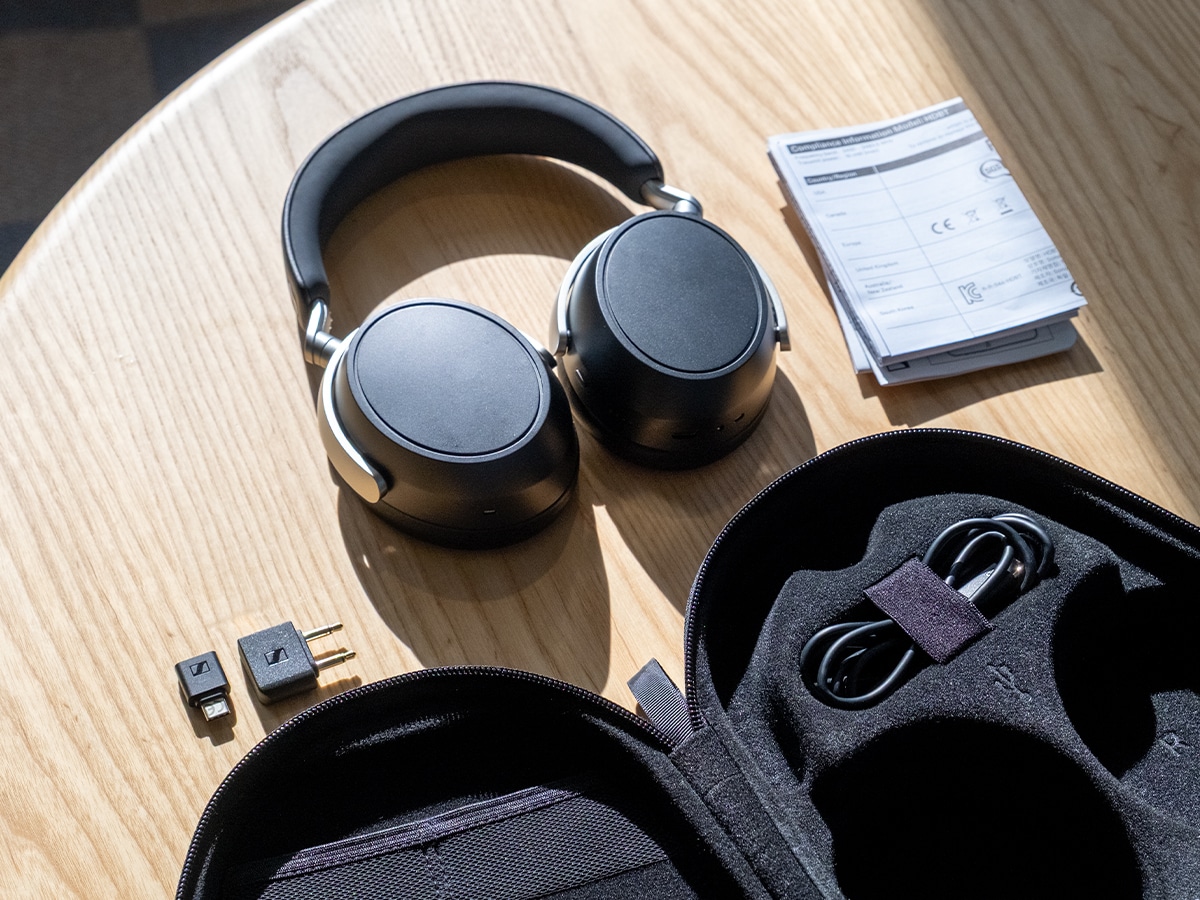
Price
The Sennheiser HDB 630s are priced at USD$499, £399, and AUD$999, respectively.
That makes them hundreds of dollars more expensive than some of the most popular noise-cancelling headphones on the market, including the Sony WH-1000XM6 (AUD$699.99), the Bowers & Wilkins PX8 (AUD$799), the Sonos Ace (AUD$599), and even the Sennheiser MOMENTUM 4s (AUD$579), on which these HDB 630s are based. If you’re an iPhone user, the Apple AirPods Max (AUD$999) would be the closest competitor in price, but the Focal Bathys (AUD$1,450) are the nearest competitor in terms of sound quality.
Still, with 24-bit, 96 kHz resolution capabilities and a proper five-band parametric EQ (±6 dB range), these headphones are in a different league from the more cost-effective options.
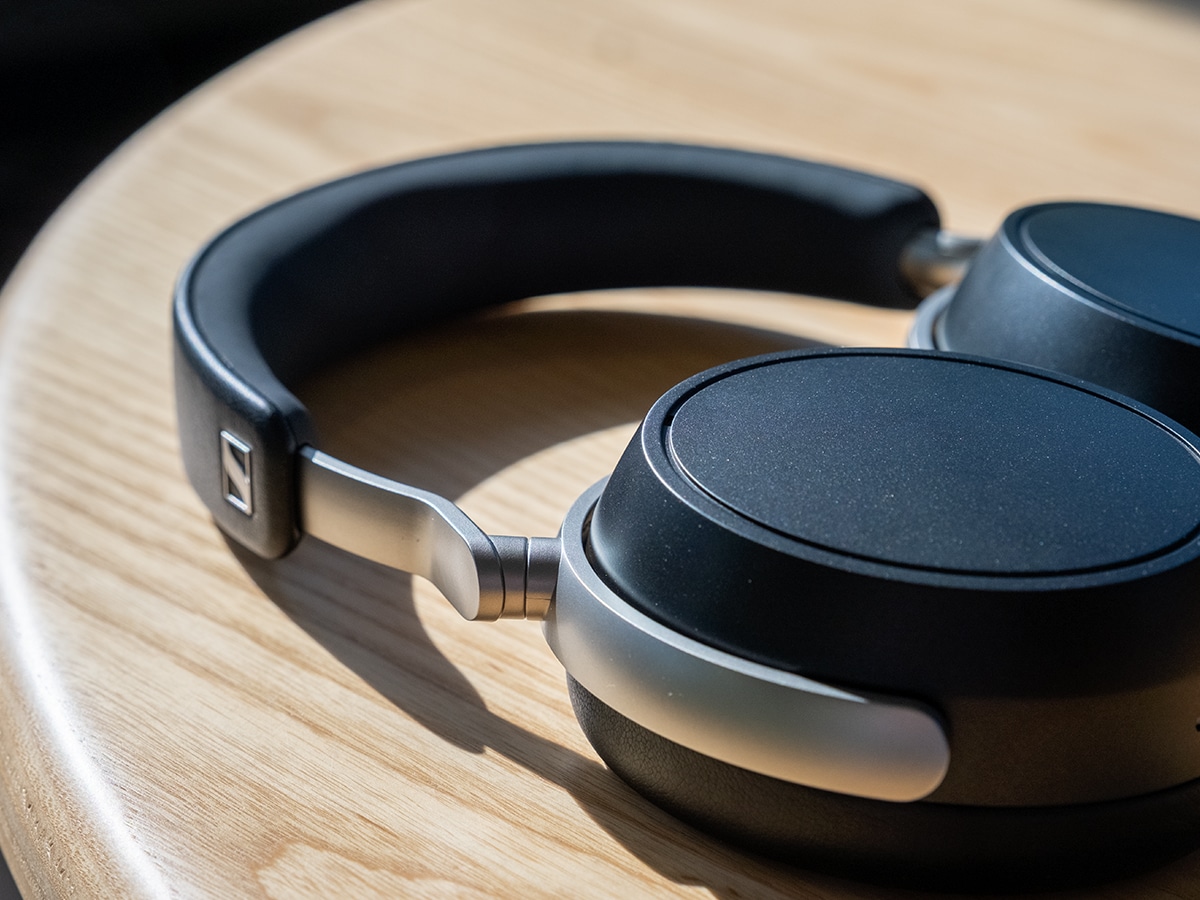
Design
The overall design has been inherited from the MOMENTUM 4s, so it feels very familiar in the hand and on the head.
It would have been nice to see some aluminium or other metals included around the hinges, considering the price point, but the “Japanese Protein Leatherette” headband from IDEATEX is comfortable during extended wear. I haven’t noticed any signs of wear in the headband or earcups, but it’s still early days. If anything changes in the future, I’ll return and update this section of the article with the latest news.
When you purchase the headphones, a protective travel case is included to carry them, along with a USB Type-C charging cable, a 3.5 mm analog audio cable, an airline adapter, and a USB Type-C Bluetooth transmitter (BTD700), valued at ADU$69.95.
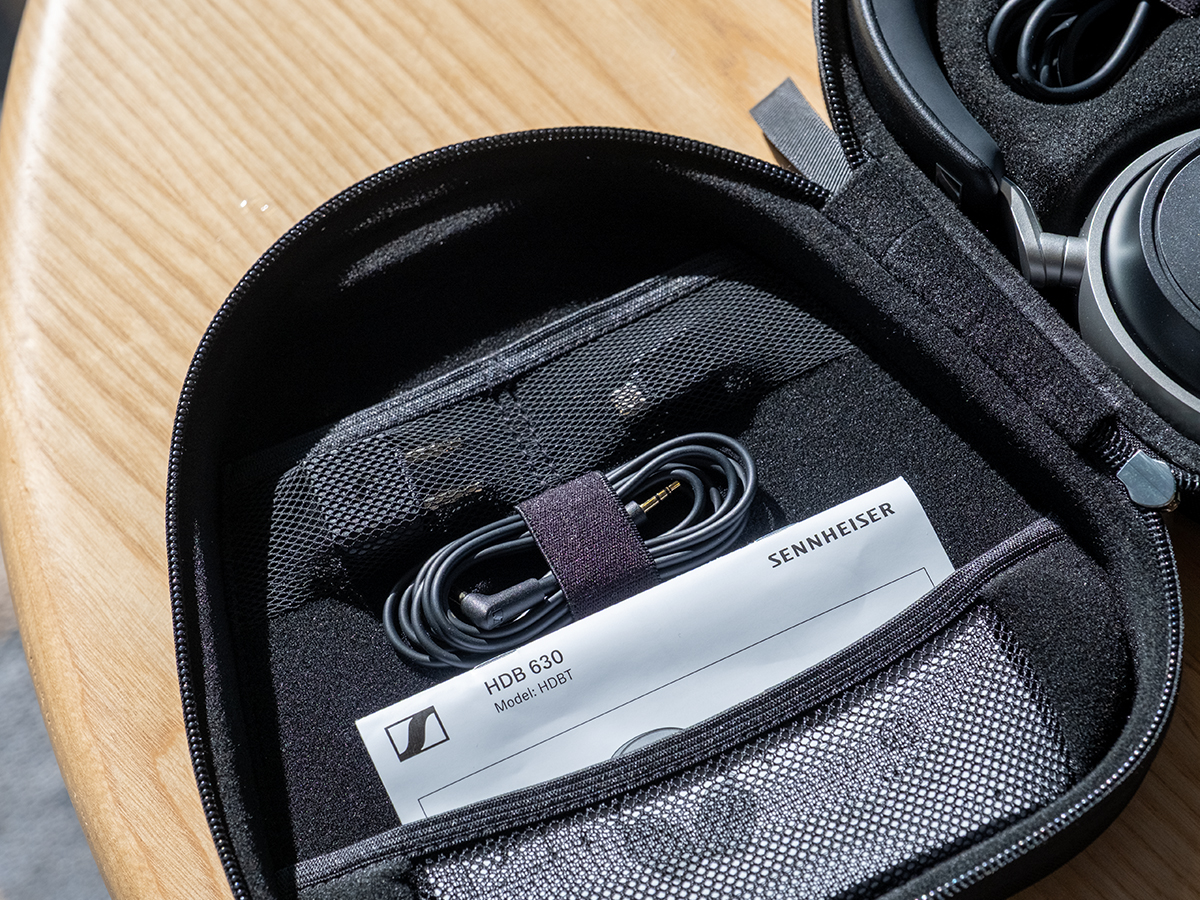
Connectivity
You can connect the Sennheiser HDB 630s like any other pair of headphones using a standard Bluetooth connection. However, to make the most of them, I recommend using the included BTD700 (aptX HD and aptX Adaptive) or, even better, a hard-wired USB-C to USB-C cable (also included), which enables lossless listening at up to 24-bit/96 kHz.
If you’re listening on the go, I recommend using the BTD 700 Bluetooth USB-C Dongle. It discreetly plugs into the bottom of a smartphone with a USB-C connection, allowing you to pocket the phone while still enjoying high-resolution audio support for aptX HD and aptX Adaptive, depending on your device and streaming service. Setting up the BTD requires some reading, and it can be a bit tricky to figure out at first. However, with a bit of time and patience, you’ll quickly get the hang of it and enjoy the audio quality.
To determine the level of audio quality entering your ears, the Sennheiser Smart Control Plus app features a dedicated audio display.

Sound
I’ll start with the hardware, which consists of 42 mm dynamic transducers manufactured at Sennheiser’s Tullamore production facility. These are the same size as those in the MOMENTUM 4s, but it’s not entirely clear if they use the same drivers. What we do know is that they’re flanked by a series of acoustic treatments designed for purity, which speaks to the target soundstage.
Out of the box, the Sennheiser HDB 630s produce the crisp, neutral sound that we’ve come to expect from not only the brand but audiophile headphones in general.
The purpose of the neutral soundstage is to provide a happy medium before you dive into the brand’s extensive Smart Control Plus app controls, which include a 5-band equaliser mode, a traditional graphic EQ interface, and even a Parametric Equaliser. Here, you can also adjust the Crossfeed feature to subtly blend the left and right channels when listening to older stereo tracks.
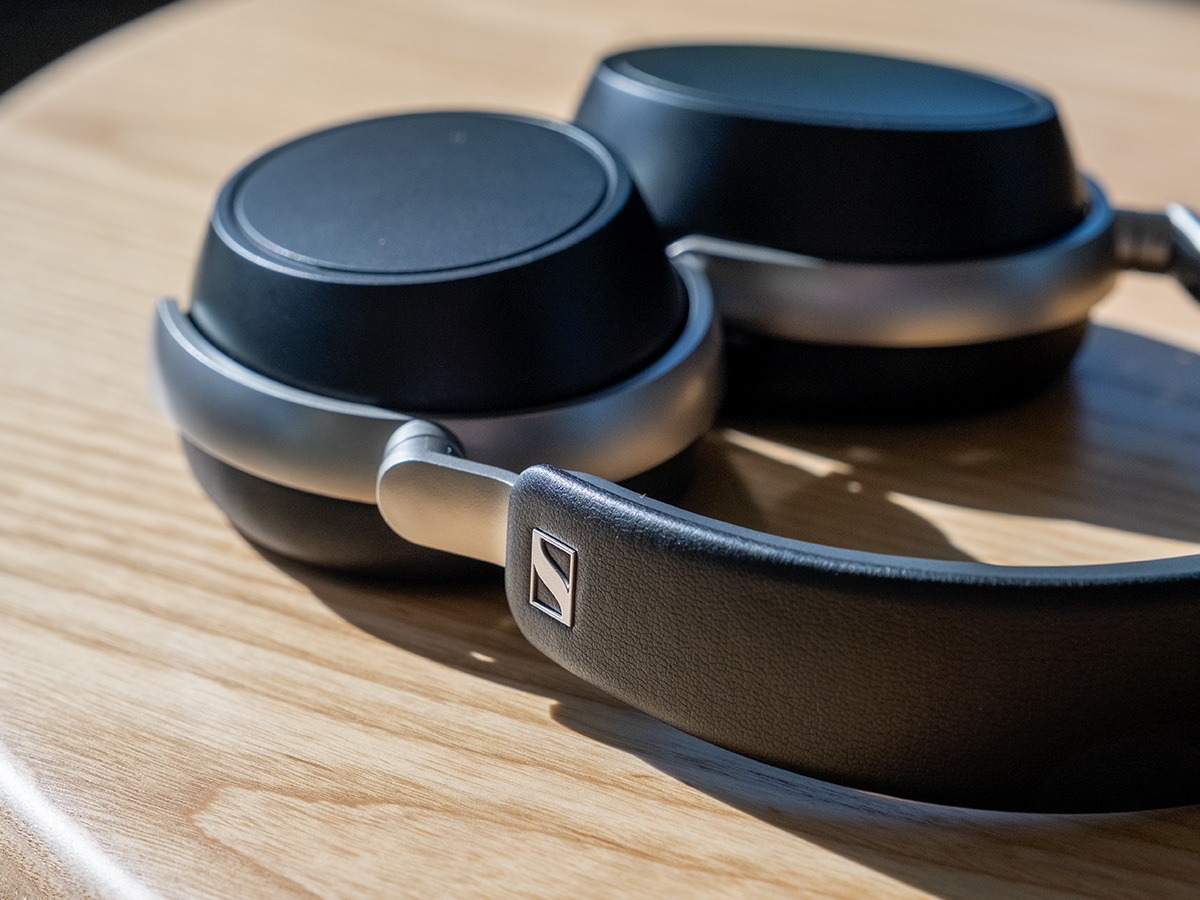

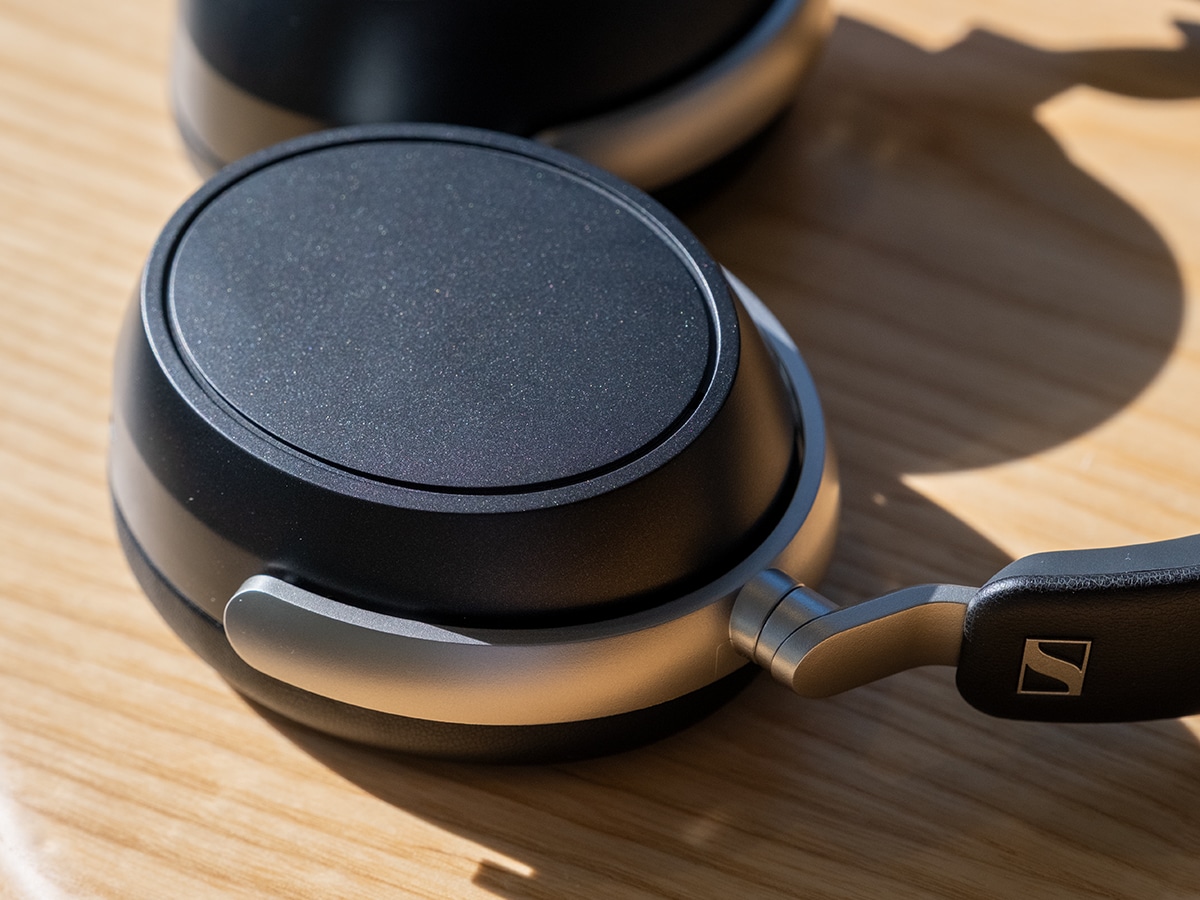
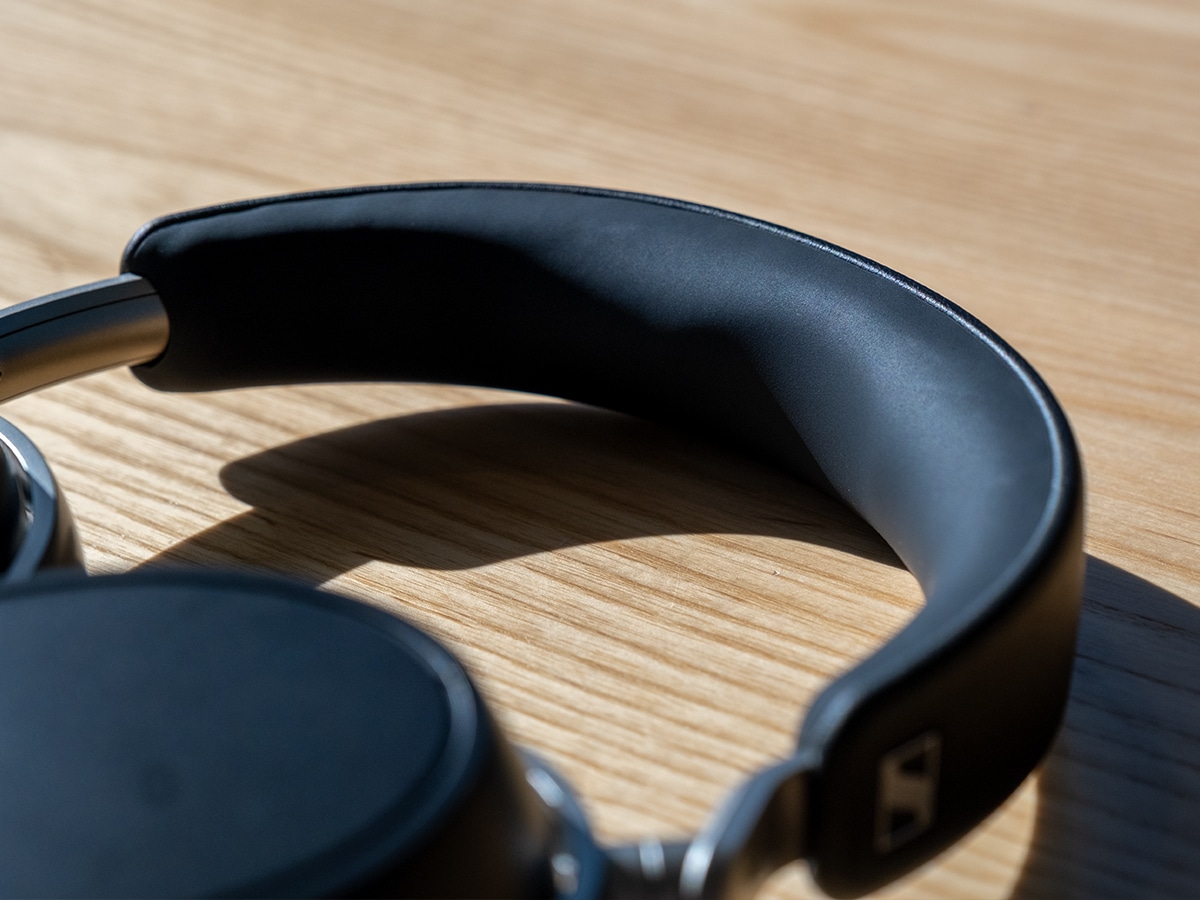
Once you’ve set up your headphones and found the EQ that suits your music, it quickly becomes apparent that the sound quality produced by the HDB 630s is far above that of any other wireless, ANC headphones on the market, including the AirPods Max, Bose QC Ultra, Sony WH-1000XM6, and Bowers & Wilkins PX8. The original Focal Bathys could give them a solid run for the money, as would the significantly more expensive Bathys MG. However, most won’t consider these as direct competitors, opting instead to upgrade from the aforementioned ANC options.
Don’t expect a mind-blowing difference when purchasing the headphones if you’re a Sony WH-1000XM6 or MOMENTUM 4 user. Still, it’s a classic case where the longer you listen, the more you’ll start to hear additional elements, especially in the bass and mid-range frequencies.
Bass is where the most significant advantage lies, not so much that your head will start rattling your brain, but it’s incredibly tight. I had a moment with Kaytranada’s “Vex Oh” where I could only shake my head at how good the bass and mid-range were. Of course, so much of this comes down to the track and the way the engineer has mixed it, but you end up going on searches to find these track gems. Future & Metro Boomin’s “Out Of My Hands” is another great sample track to hear this low end.
Trying to push the limits of the higher frequencies, I flipped to Tim Sanders’ “Do To Me,” which did bring out some of the “sparkle” reported in other reviews. However, this is just a minor point regarding the overall exceptional sound quality of these headphones.
Like the MOMENTUM 4s, the ANC is only okay, and not on the same level as the Bose QC Ultra and Sony WH-1000XM6.
Finally, recognising the importance the audiophile community holds for the brand, Sennheiser will introduce preset sharing via QR code generation in a future update.
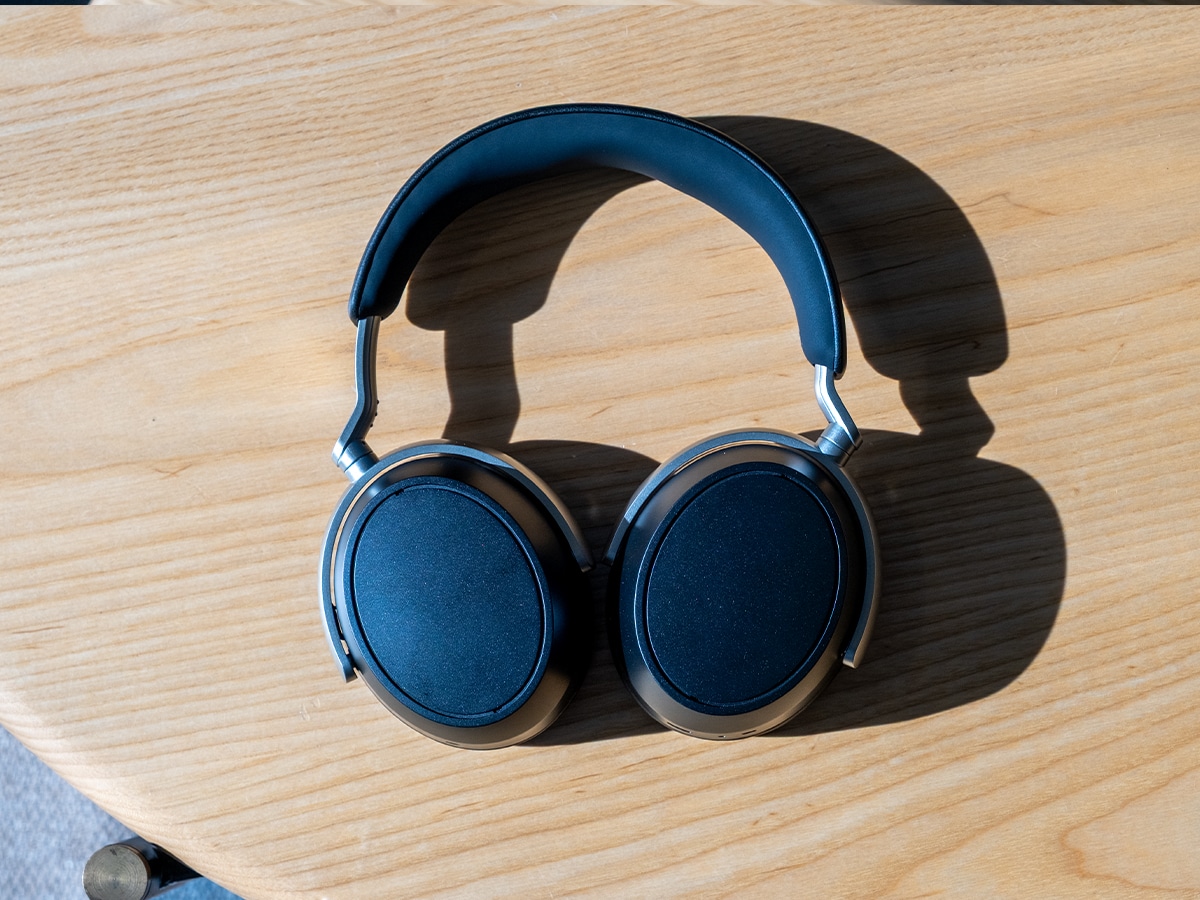
Verdict
The Sennheiser HDB 630s are the best-sounding wireless ANC headphones available right now.
Yes, they’re expensive, so you’ll have to justify the price, but they come with everything you need in the box to achieve the elevated listening experience you want and expect for the price.
The EQ adjustment is top-notch, the sound quality is class-leading, and the battery life is excellent. Perhaps the only points to raise are the overall build quality and design, which could be slightly improved and more distinctive, incorporating more premium materials. However, we think the brand has found a happy medium without adding too much weight.
You can purchase the Sennheiser HDB 630s (AUD$999) at the two retailers listed below at the time of publication.
NOTE: The author of this article, Ben McKimm, was provided the Sennheiser HDB 630s for the purposes of this review. All reviews remain independent and objective. Sennheiser was not shown this review before publishing, and we received no money for posting the review. For more information on how we test products, view our editorial guidelines here.


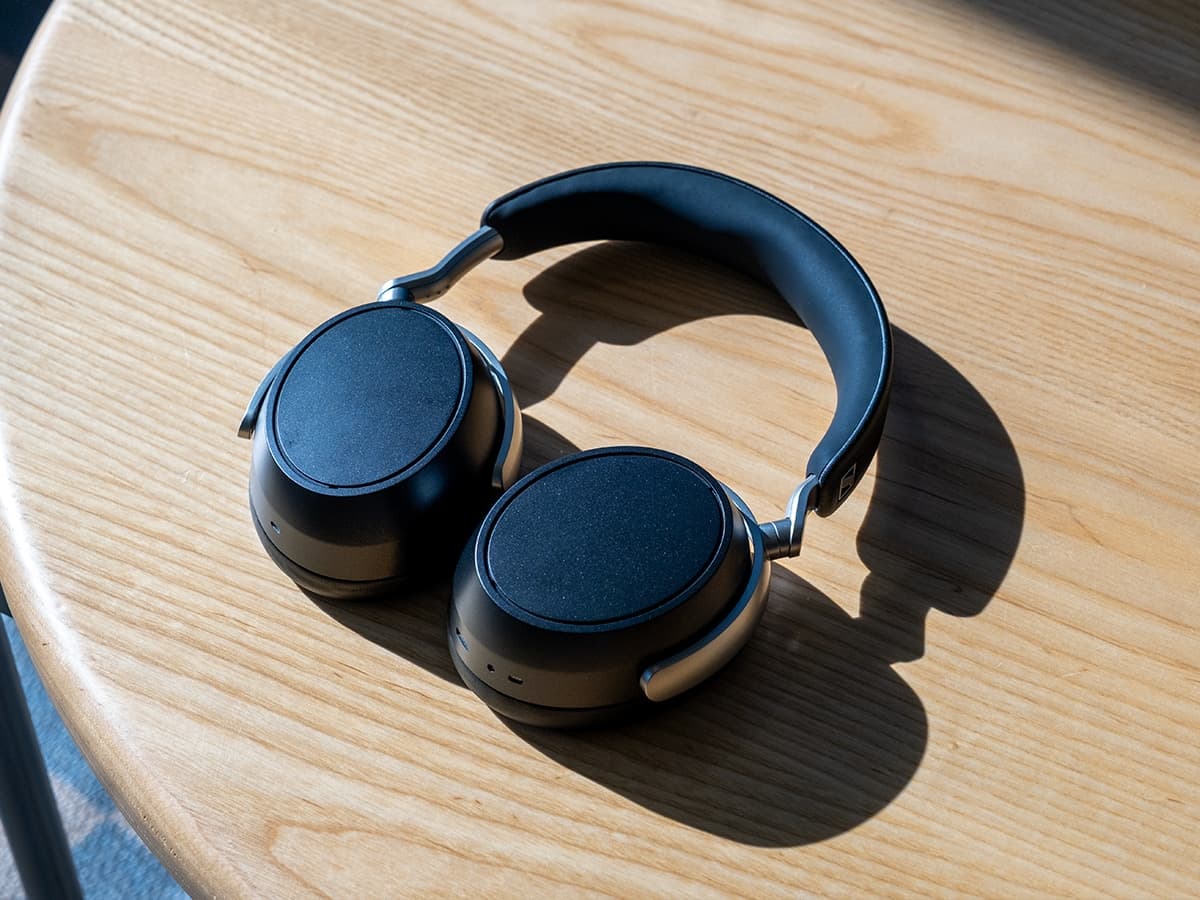

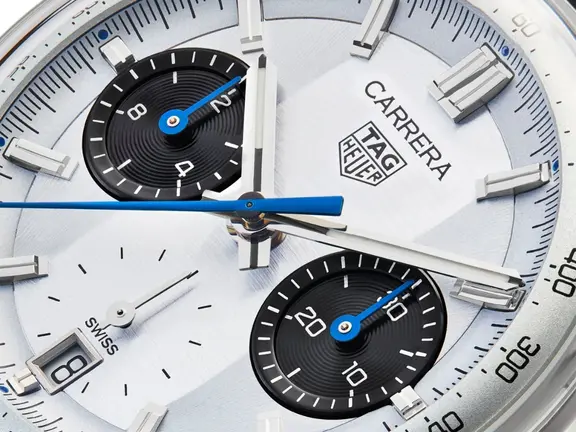
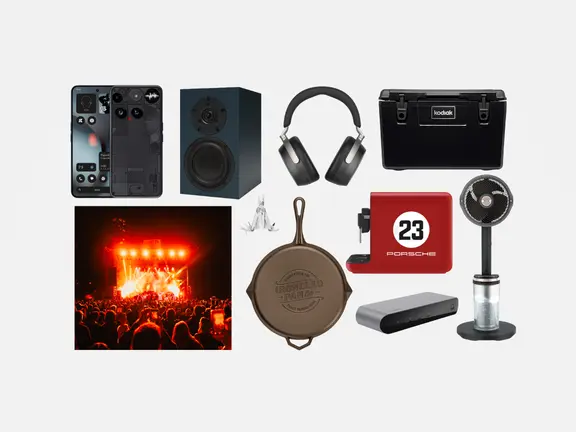
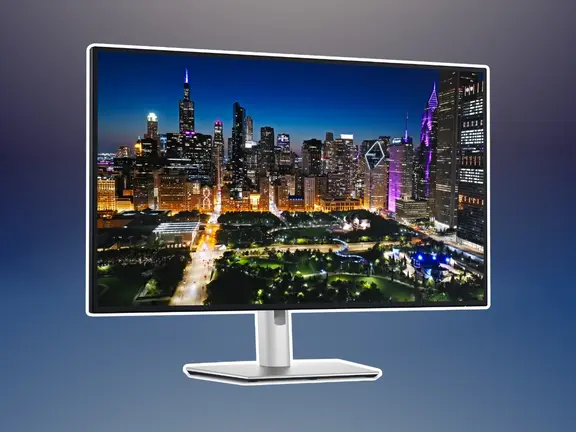






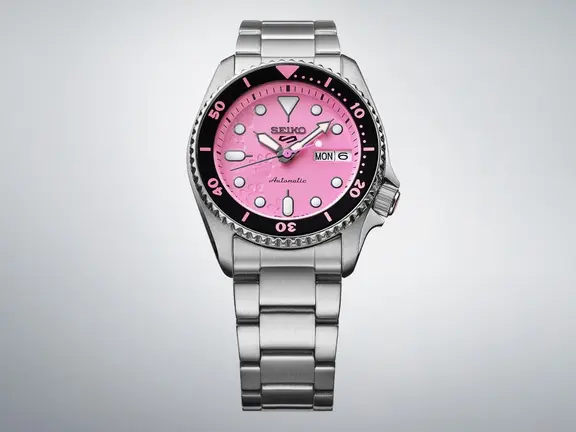






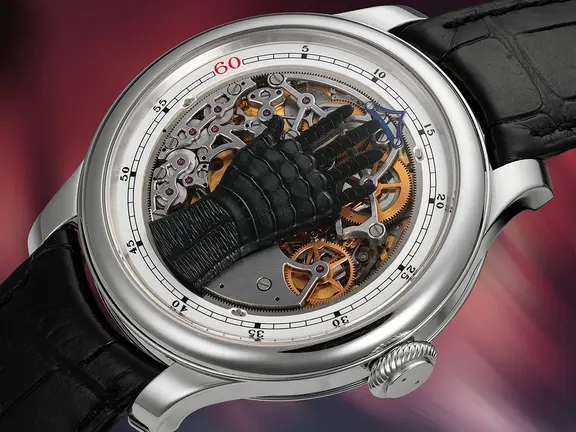






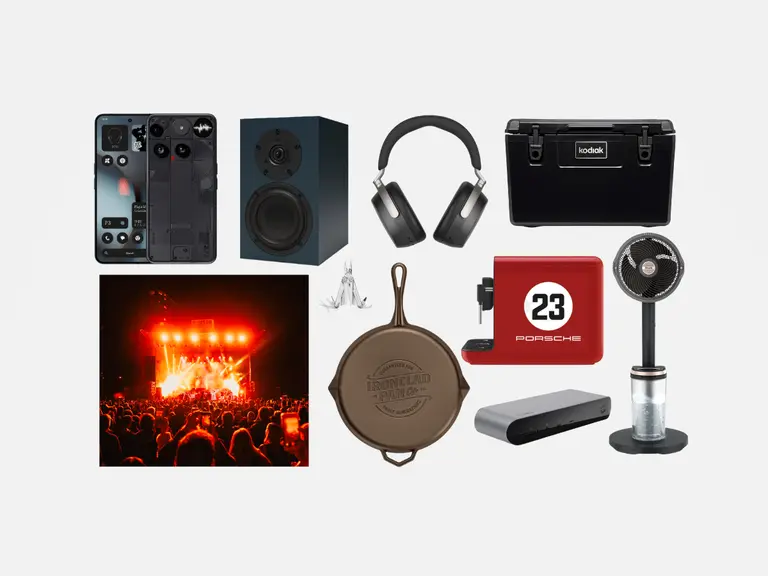



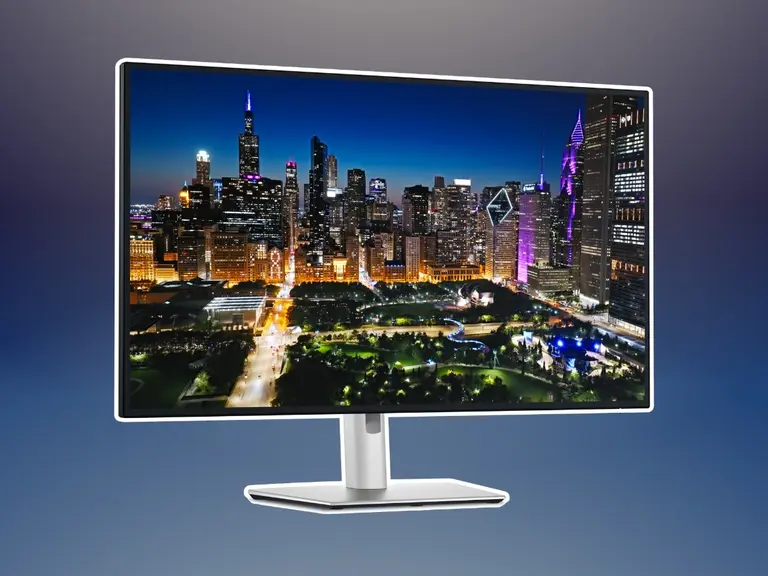


Comments
We love hearing from you. or to leave a comment.